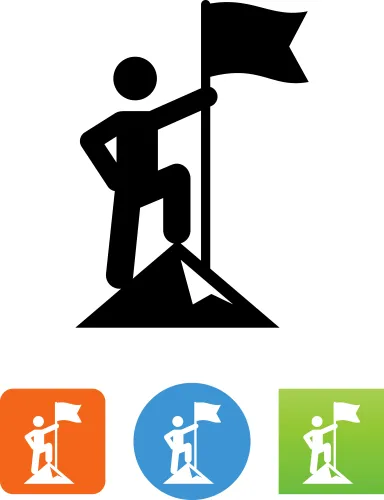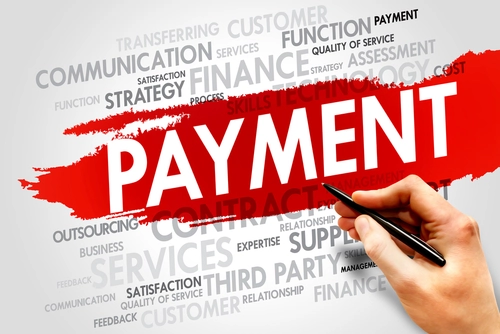The In's and Out's of OON Billing

Check out these best practices for reducing your FCA risk if you bill OON. Should your facility participate in out-of-network (OON) billing? While some providers are forced to bill OON because health plans won’t enter into a network agreement, other providers choose to. Because payers usually pay OON claims at a higher rate than in-network claims, it often means increased revenue. But OON billing — healthcare provider billing without a payer contract — could also be a big liability, leading to increased denials and more alarmingly, charges of false claims. “To me, as a lawyer, out-of-network billing has become incredibly risky,” says Mary Jean Geroulo, MBA, JD, who spoke about the opportunities and pitfalls of OON billing at the Ambulatory Surgery Center Association (ASCA) conference in May, 2017. Payers just don’t like making OON payments, and here’s why: Payers are aggressively discouraging OON billing, delaying and even denying payment to providers. Some payers reduce OON payments by capping the costs via ‘maximum non-network reimbursement’ programs. Others penalize in-network providers from referring patients to OON providers, and some even demand evidence of patient payment before reimbursing providers’ claims. Payers actually call up the patients to find out ‘did you pay the full OON patient obligation that you have’ and if they didn’t, they deny the provider the payment, relays Geroulo. They’ll have a rule in place that basically says ‘if you don’t collect the patient payments, we’re not paying you at all,’ she continues. Despite all this, there’s been a huge increase in the number of OON providers over the last several years. Market consolidation, ever-narrowing networks, and declining in-network reimbursements are driving some providers out of network. Others are tempted by the prospect of bigger paydays. There’s also another culprit: physician-owned facilities. “We are seeing an increase in OON because we are seeing an increase in physician-owned facilities,” Geroulo observes. But OON status creates challenges in attracting patients. After all, why would patients pay more to visit OON facilities when they could choose from lower-cost, in-network options? “Physician ownership mitigates some of these challenges,” Geroulo says, because they have a ready source of patients coming from their practices. But sometimes facilities choose to make themselves more palatable to cost-conscious patients by risky processes like routinely waiving copays or deductibles, or reducing the patient’s payment responsibility while charging the payer a higher amount. Practices like these make physician-ownership the basis for perhaps the scariest risk of OON billing. Facilities that aren’t careful with their OON billing practices stand a chance of being accused of violating regulations like the FCA and anti-kickback statute, in addition to allegations of aiding and abetting fraud, unjust enrichment, antitrust, ERISA claims and counterclaims, and even RICO (Racketeer Influenced and Corrupt Organizations Act), to name a few. Geroulo gave several examples during her ASCA presentation: Example #1: USA v. Beauchamp, et.al., Criminal No. 3-16CR-0516D, Nov. 16, 2016. The facility, Forest Park Medical Center of Dallas, Texas, induced patients to receive services by failing to collect or attempting to collect OON patient payment amounts. The “co-conspirators” attempted to conceal their fraud by writing off the waived patient payments as bad debt, although they never intended to collect those same payments. Example #2: TriState Advanced Surgical Center LLC v. Health Choice, LLC, F.Supp.3d 809 (2015) The ASC calculated patient payments and insurance claims using two separate fee schedules. The patient’s copay and deductible would be calculated using a much lower charge for a given procedure (a “phantom” charge), while the insurance company was billed the regular rate. This dual pricing arrangement was used to avoid the appearance of fraud by waiving patient payment obligations, but itself qualified as a form of fraud. Just because you are out of network and decide not to do Medicare and not to be in network with private payers doesn’t mean you are free from the Federal government, says Geroulo. OON payments have been the focus of indictments over the past few years, and the stakes are high. Some verdicts have resulted in jail time. “This is the Department of Justice going after [providers]; this is not United Healthcare going after them,” she warns. “It doesn’t matter if you’re small and think you’re under the radar.” Best Practices for Compliant OON Billing If patients are visiting your facility out-of-network, that’s likely a good thing. It may mean that patients are choosing to pay more to come to you due to your center’s stellar reputation or the unique expertise your providers offer. By having compliant policies and procedures in place — and following them 100 percent of the time — you can protect your facility from allegations of improper billing and fraud when billing OON. First, always fully disclose your OON status to patients. This should be done verbally as well as in writing. It’s simple to include an OON explanation form in your patient registration materials. Make every effort to inform patients of estimated payment obligations prior to their visit. Secondly, Geroulo emphasizes avoiding the “trifecta” of waivers/fee forgiveness, increased payer charges, and payments to referring physicians. Here’s what she recommends: Waivers Payer Charges Referral Payments “The more egregious you are with [these] big three, the more likely you are to get pegged by the government or insurance company,” Geroulo notes. “It’s a good time for everybody to step back and look at how you’re doing [OON] if you’re doing it, and make sure you’re not committing any of these big errors.” Doctors don’t like this answer, of course. They don’t think of what they want to do as unbundling, Chandler remarks. “They really think they are doing two different things.” If you have the opportunity, teaching doctors a little bit about how NCCI may help them understand coding best practices that seem unreasonable to them, Chandler told Healthcon attendees. If that doesn’t work, Chandler has another way to explain to them why the way they want to code will not work and will get the claim kicked back. “My favorite way to explain unbundling is to use the McDonalds value meal model,” Chandler says. If they were to “unbundle” and buy the components of a value meal separately, they’d pay $6.78 total — $3.99 for the Big Mac, $1.79 for the fries, and $1.00 for the drink. The “bundled” value meal containing those same components costs $5.69, so of course you’re going to buy the bundle. Carriers are the same way and most doctors get that if you explain it to them that way, Chandler says.




